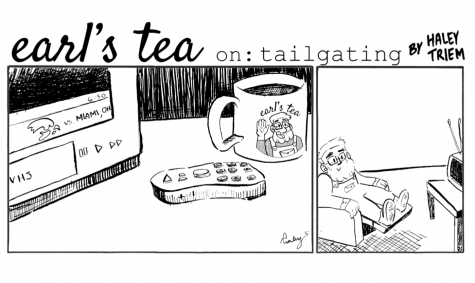Opinion: Equal pay is still not a reality in Iowa
The wage gap is remains a problem in the Hawkeye State, with men making 1.34 times more than women.
September 3, 2019
Countless students are encouraged to take their education further after graduating high school, and millions of Americans do. In fact, the U.S. Census Bureau reports that the overall U.S. population is more educated now than ever before — with 90 percent of Americans having completed at least high school.
But while advanced education opens doors to higher-paying jobs, it also gives way to wider wage gaps between men and women. Pursuing a four-year degree is hard enough, with required work inside and outside the classroom.
Most college students endure 12 to 18 semester hours of coursework each week while navigating part-time jobs, involvement in extracurriculars, and applying for internships. There are practice interviews, essays, and assignments due daily for different classes, student organizations, and more.
After all of those trials and tribulations faced in these formative years, female students are set at a disadvantage as they move into the next chapter of their lives: the workforce.
Those with bachelor’s degrees usually earn significantly more than those without a college education. But what U.S. Census Bureau data reveal is that the divide between men’s and women’s earnings only deepens with a bachelor’s degree.
In Iowa City, 60 percent of working people have attained a bachelor’s degree, according to Town Charts, which tracks education attainment by location. Across the state of Iowa, that number is less than half — around 30 percent of Iowans, and the income gap between men and women among gender-common jobs is nearly $15,000.
Forbes explains that the highest-paying jobs, which require the most education, seem to show the largest wage gaps. The smallest wage gaps settle on the other end of the spectrum with lower-paying jobs.
In 2017 alone, full-time men made 1.34 times more than full-time women spanning the state of Iowa. On a national level, women earn 74 cents to every dollar men make with a bachelor’s degree.
While those numbers are still unacceptable, there are still improvements we all can make. Our primary responsibility as the future workforce, although it might sound mundane, is to keep the conversation going — in our homes, our cubicles, and our classrooms.
The ways we are able to confront the consistent issue are few, especially as students. But still, they matter and they’re making a difference. The first thing we have to do is continue talking about it, especially in our workplace.
We shouldn’t exaggerate income inequality in America. Instead, we should confront the reality of it. While the pay gap between men and women has seen progress in the last 40 years, there is still plenty of work to do.
Columns reflect the opinions of the authors and are not necessarily those of the Editorial Board, The Daily Iowan, or other organizations in which the author may be involved.





















